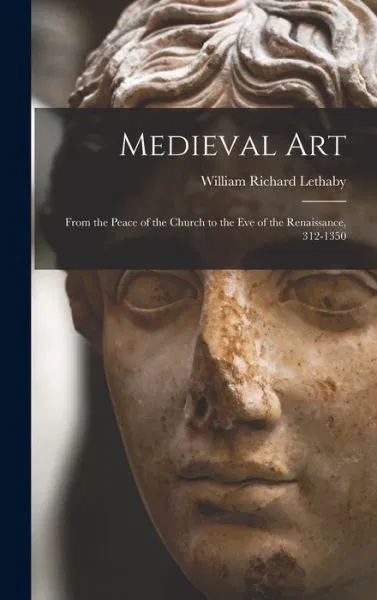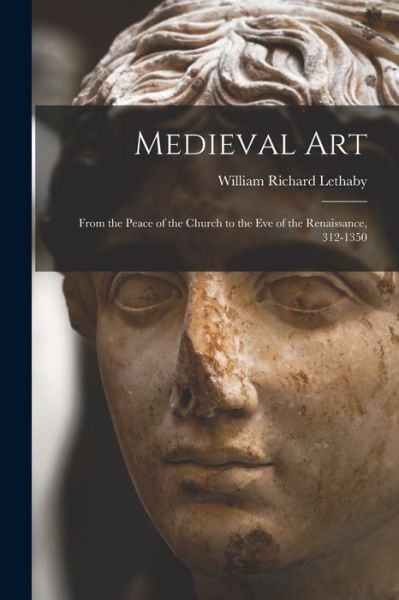
Tell your friends about this item:
Architecture. Mysticism and Myth
William Richard Lethaby
Architecture. Mysticism and Myth
William Richard Lethaby
The history of architecture, as usually written, with its theory of utilitarian origins from the hut and the tumulus, and further developments in that way -the adjustment of forms to the conditions of local circumstance; the clay of Mesopotamia, the granite of Egypt, and marble of Greece-is rather the history of building: of 'Architecture' it may be, in the sense we so often use the word, but not the Architecture which is the synthesis of the fine arts, the commune of all the crafts. Behind every style of architecture there is an earlier style, in which the germ of every form is to be found; except such alterations as may be traced to new conditions, or directly innovating thought in religion, all is the slow change of growth, and it is almost impossible to point to the time of invention of any custom or feature. It will be necessary, not only to examine architecture in the monuments, but the contemporary statements which relate to them, the stories about buildings, and even the mythology of architecture, for such a mythology there is. If we trace the artistic forms of things, made by man, to their origin, we find a direct imitation of nature. The thought behind a ship is the imitation of a fish. So to the Egyptians and Greeks the "Black Ship" bore traces of this descent, and two eyes were painted at the prow. The custom still lingers on the Mediterranean and on the waters of China: the eyes are given; it is said, to enable the ship to see its way over the pathless sea. Tables and chairs, like the beasts, are quadrupeds; the lion's leg and foot of modern furniture come to us from the Greeks, and, earlier, they were used in Assyria and Egypt. The ritual side of symbolism is entirely neglected here, but there is ample evidence that sacred ceremony, the state that surrounded a throne, and the pageant of war, all had reference to the ritual and pomp of nature; so that man might be one with her and share her invincible strength.
| Media | Books Paperback Book (Book with soft cover and glued back) |
| Released | December 19, 2012 |
| ISBN13 | 9781781071496 |
| Publishers | Old Book Publishing Ltd |
| Pages | 306 |
| Dimensions | 127 × 203 × 18 mm · 331 g |
| Language | English |
More by William Richard Lethaby
See all of William Richard Lethaby ( e.g. Paperback Book , Hardcover Book and Book )

 Christmas presents can be returned until 31 January
Christmas presents can be returned until 31 January









